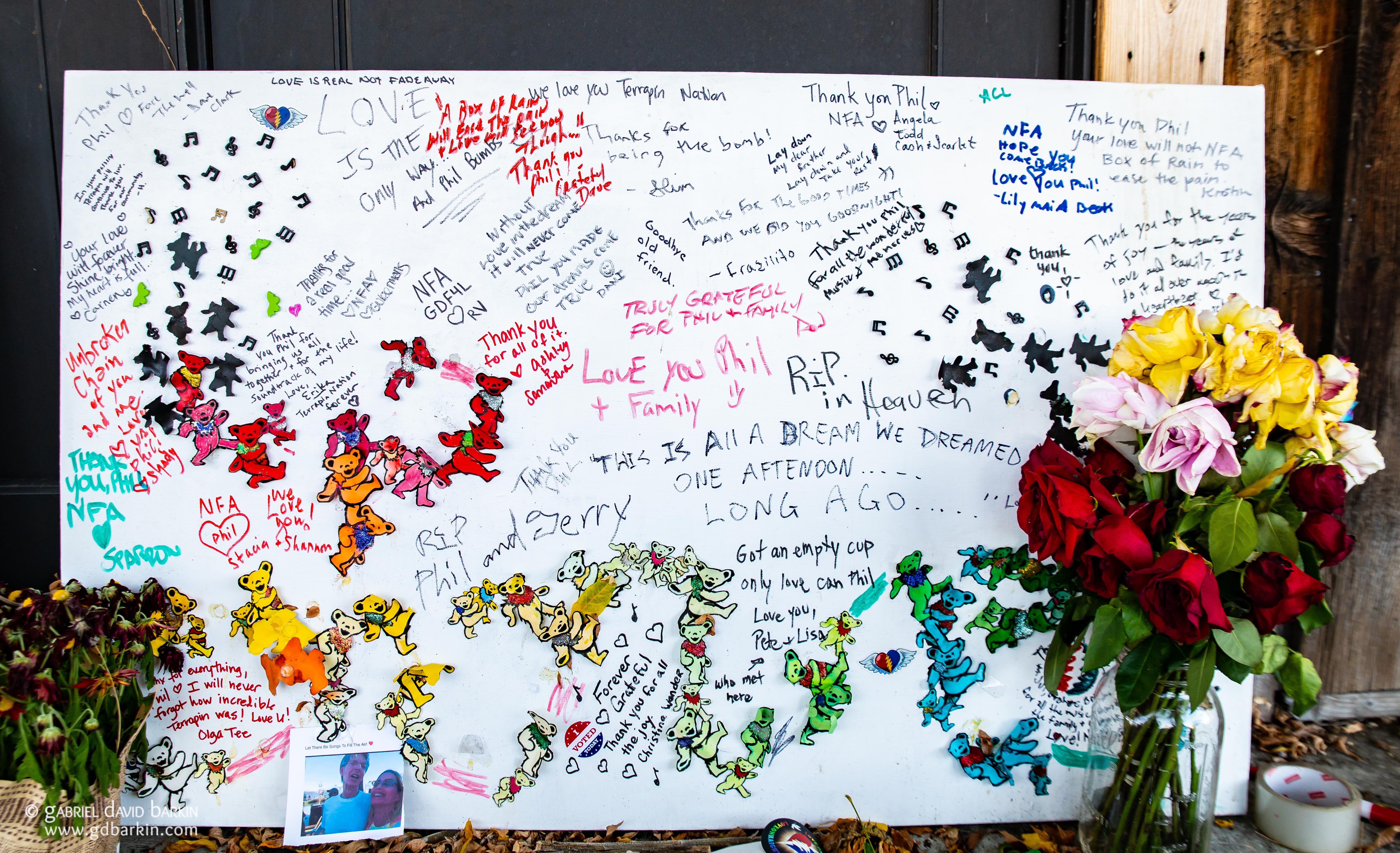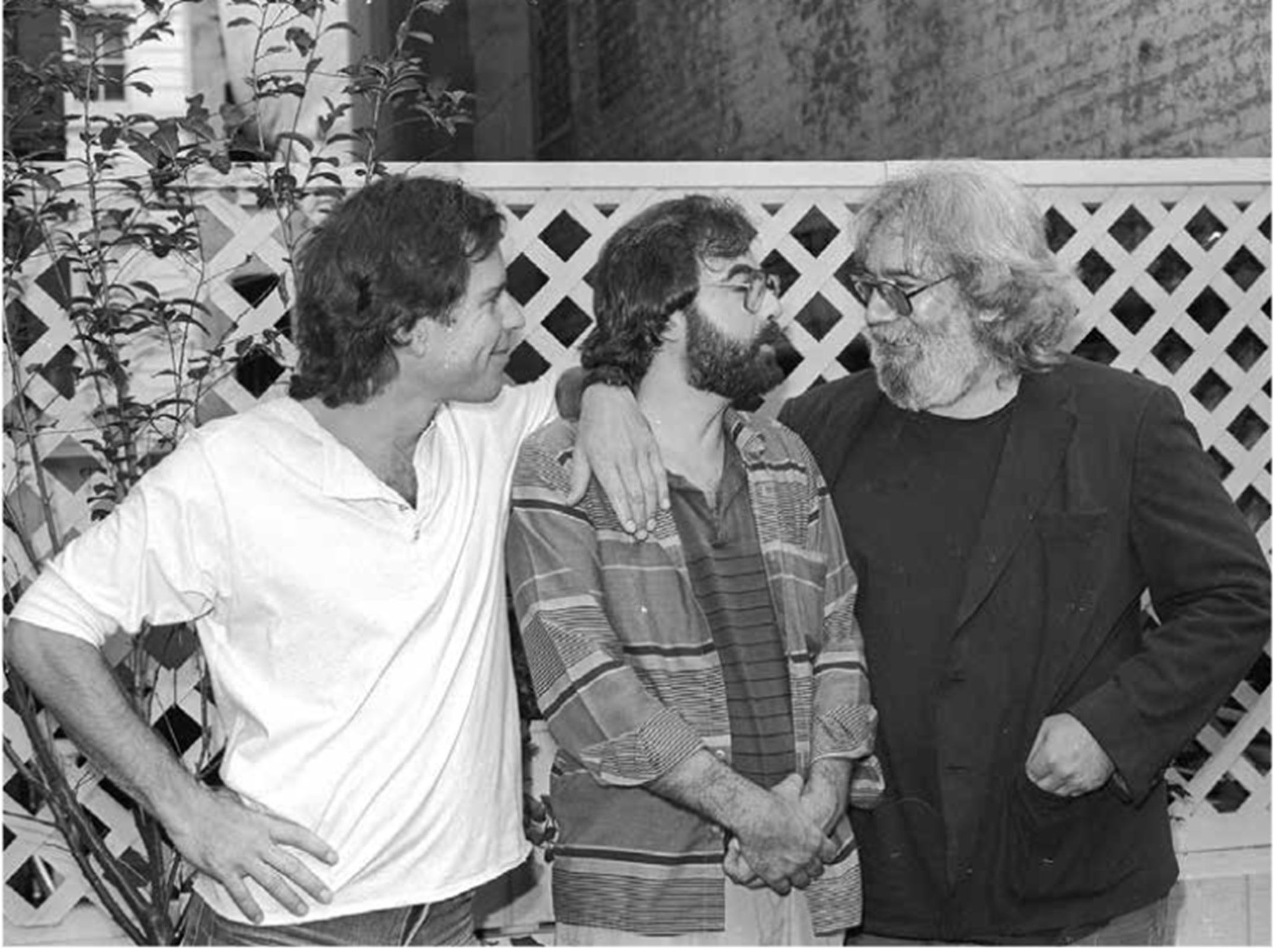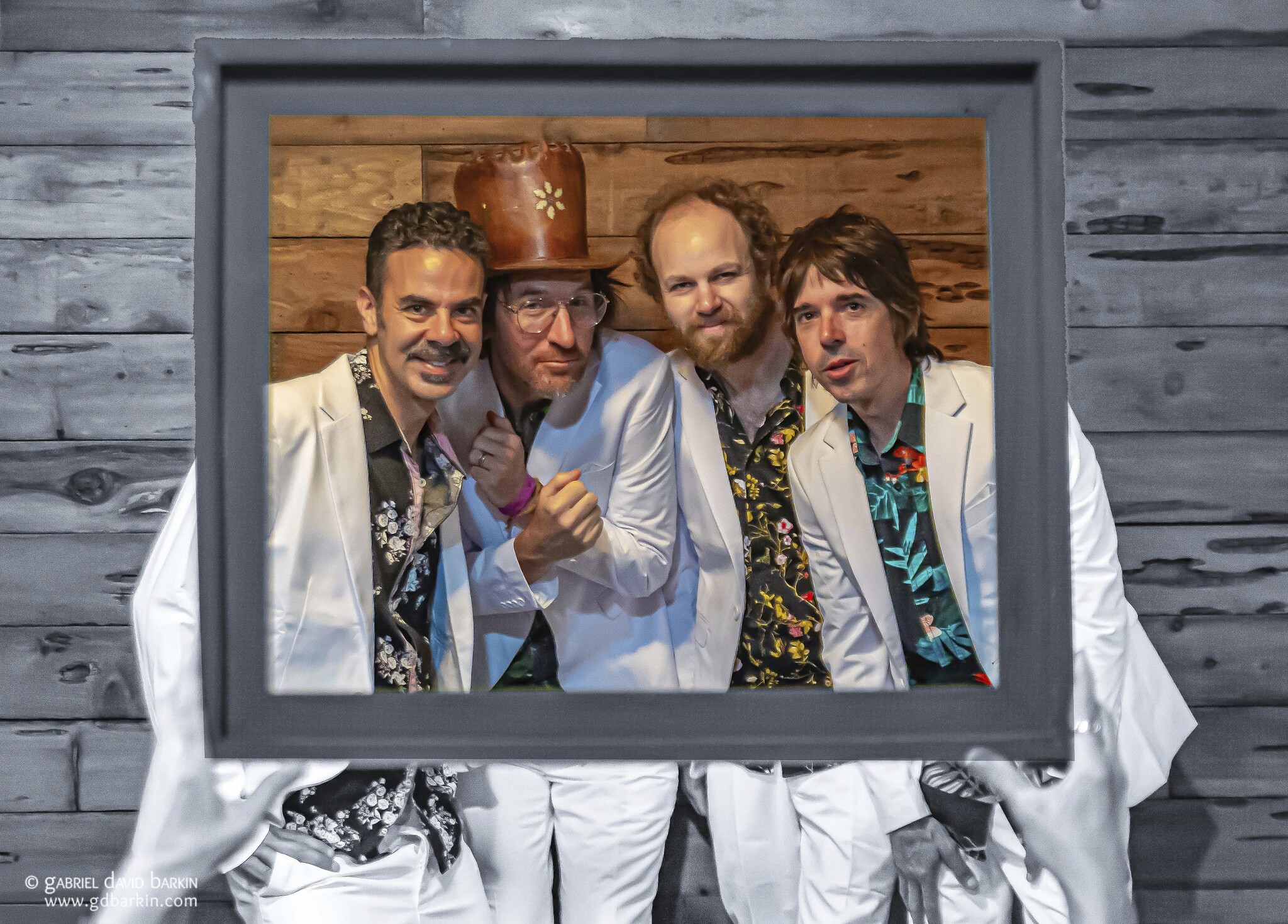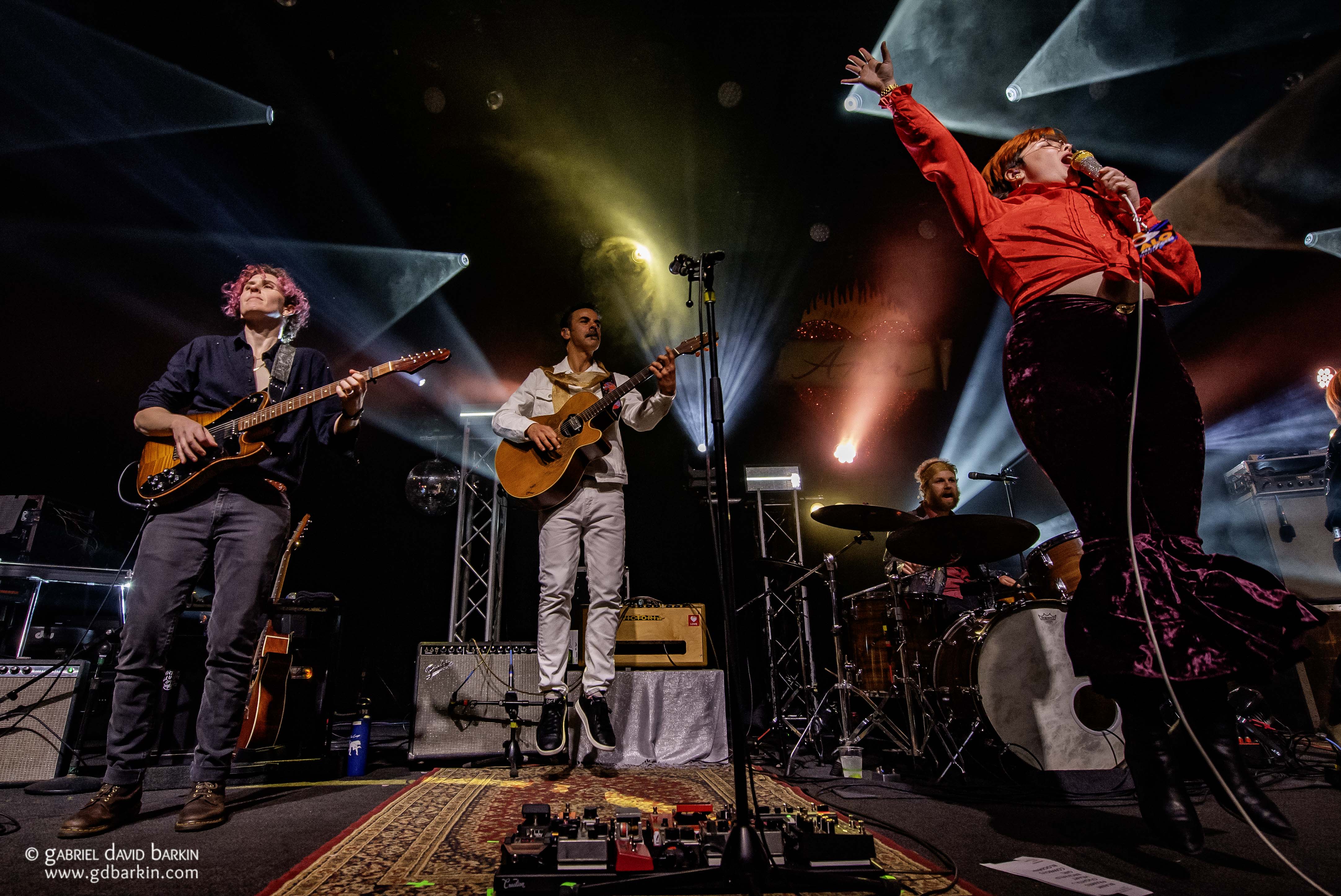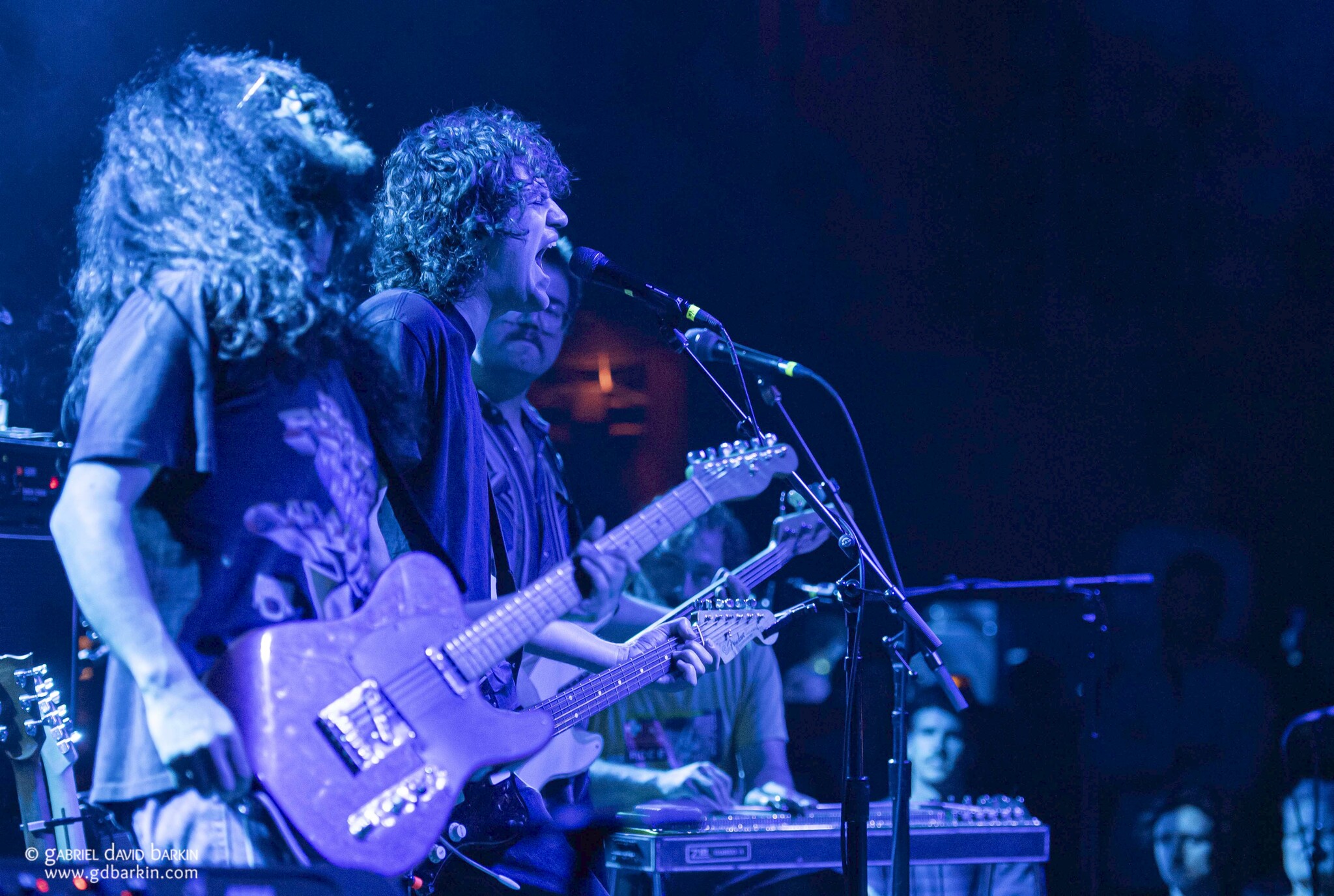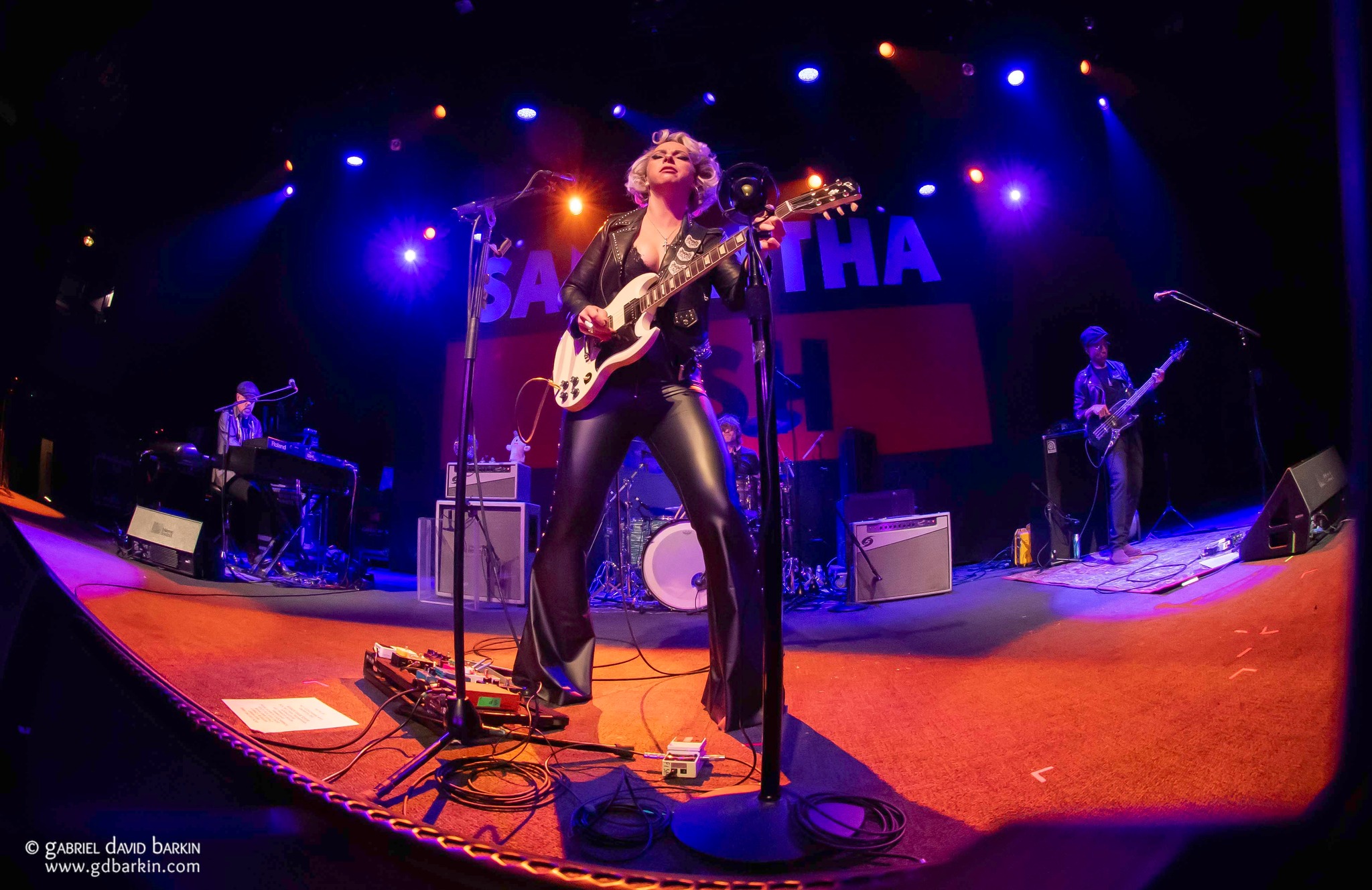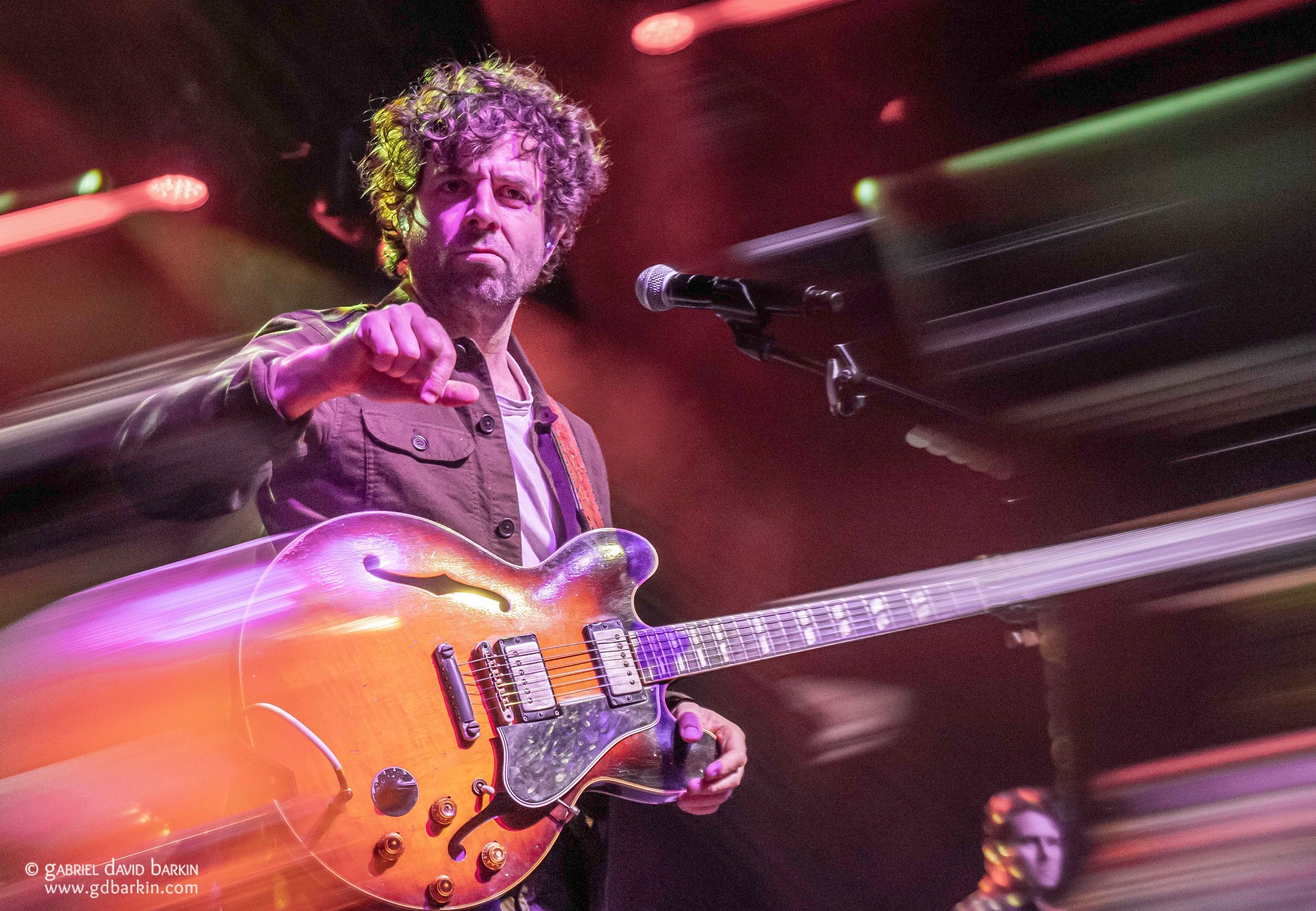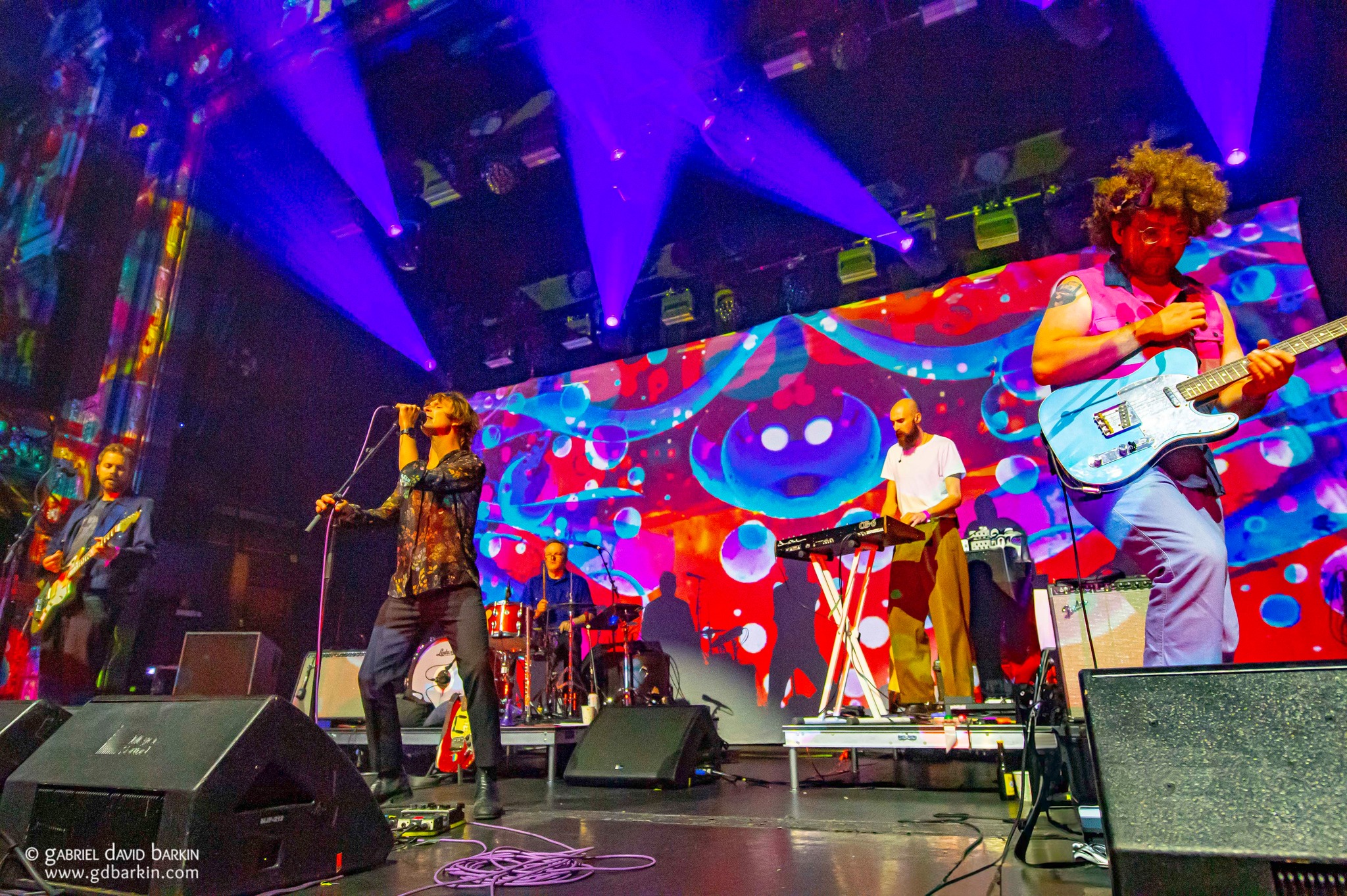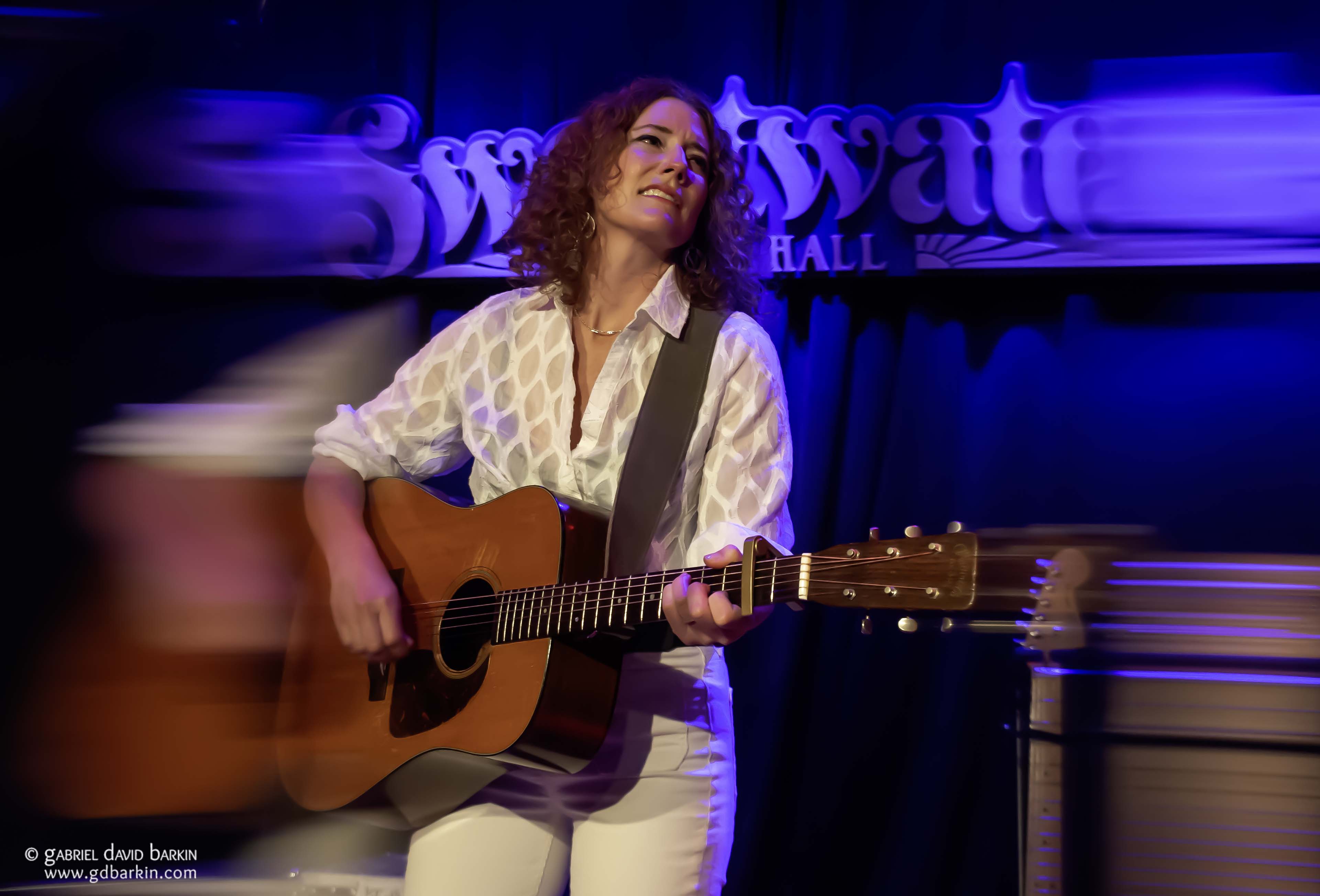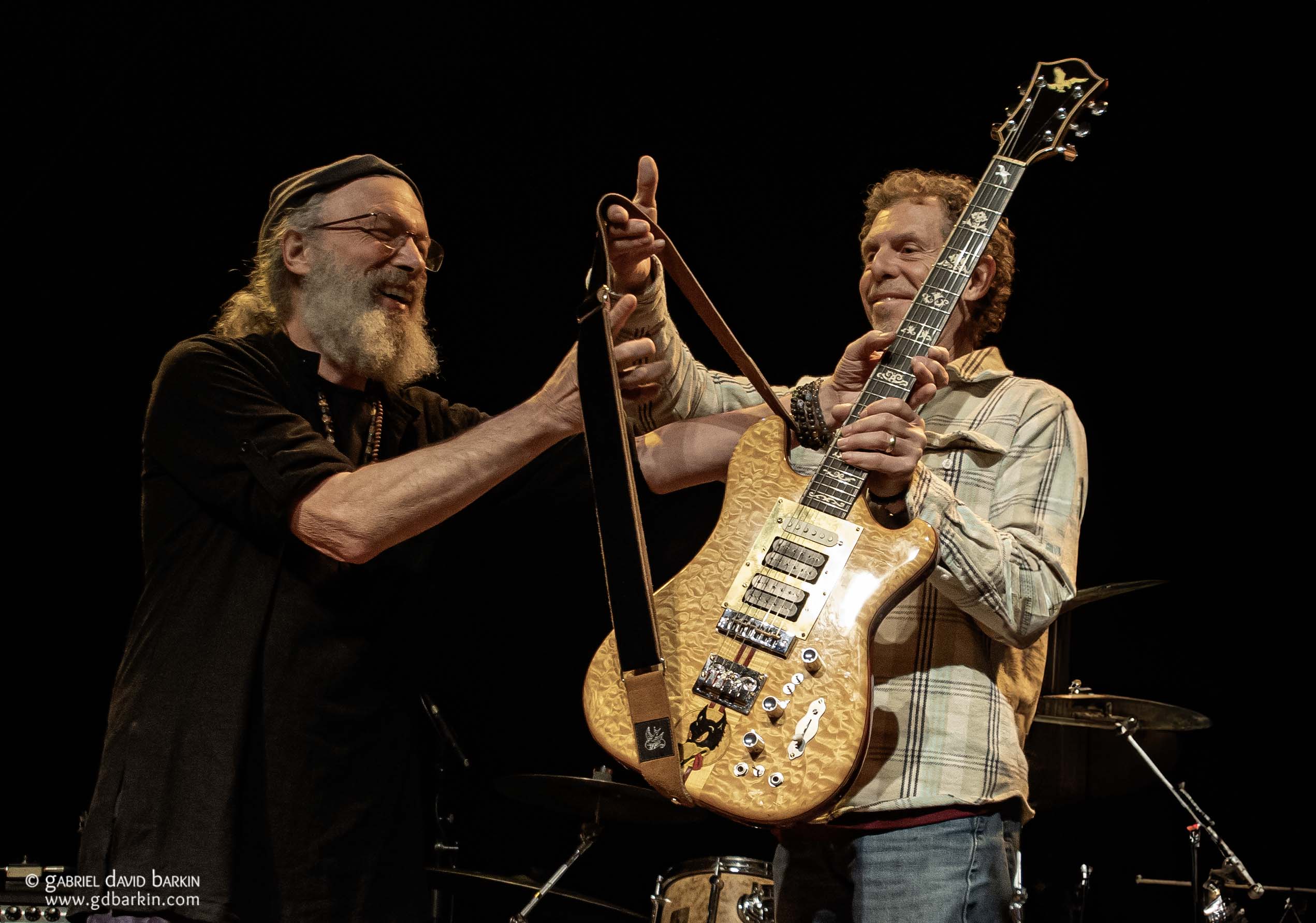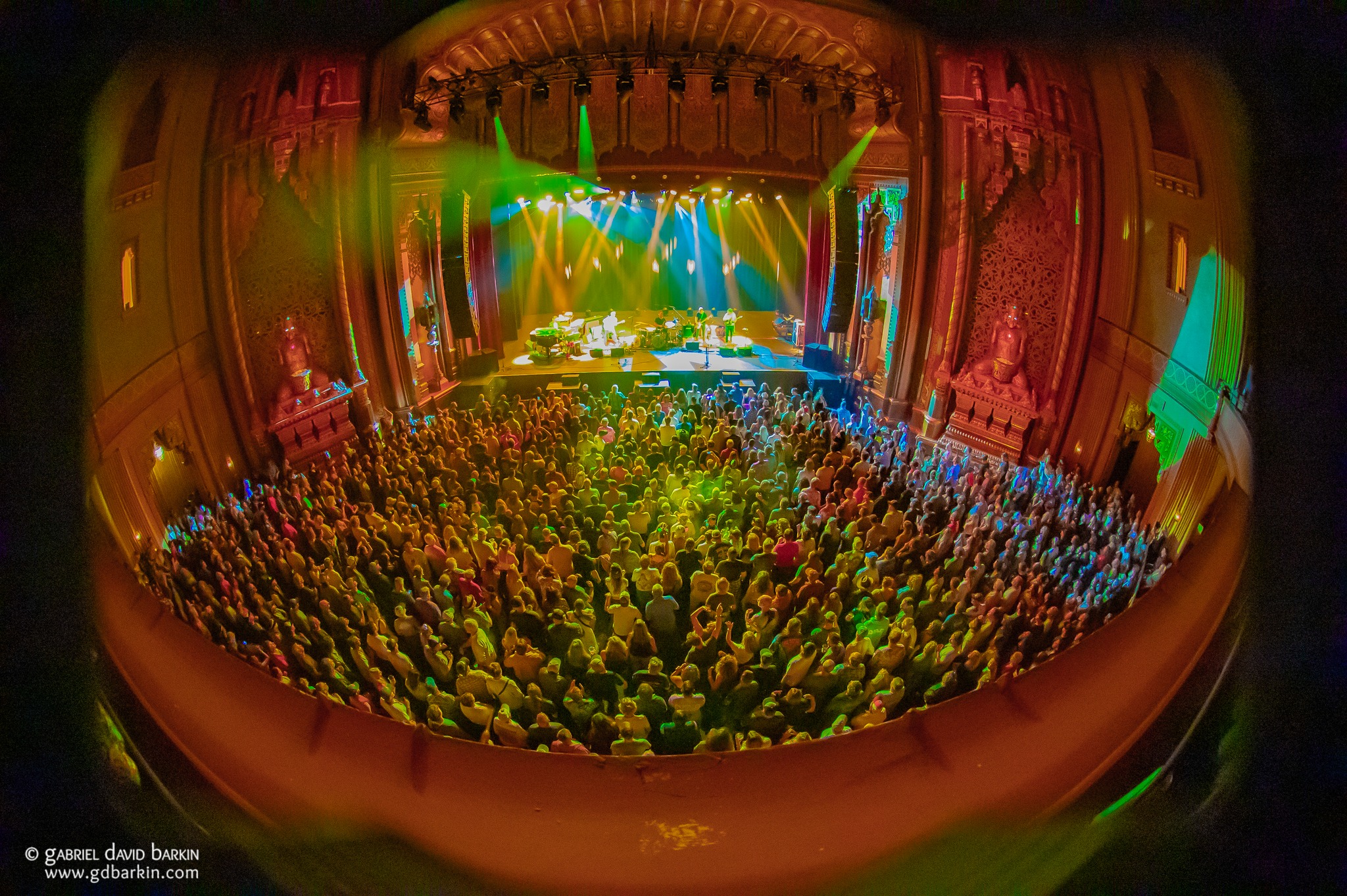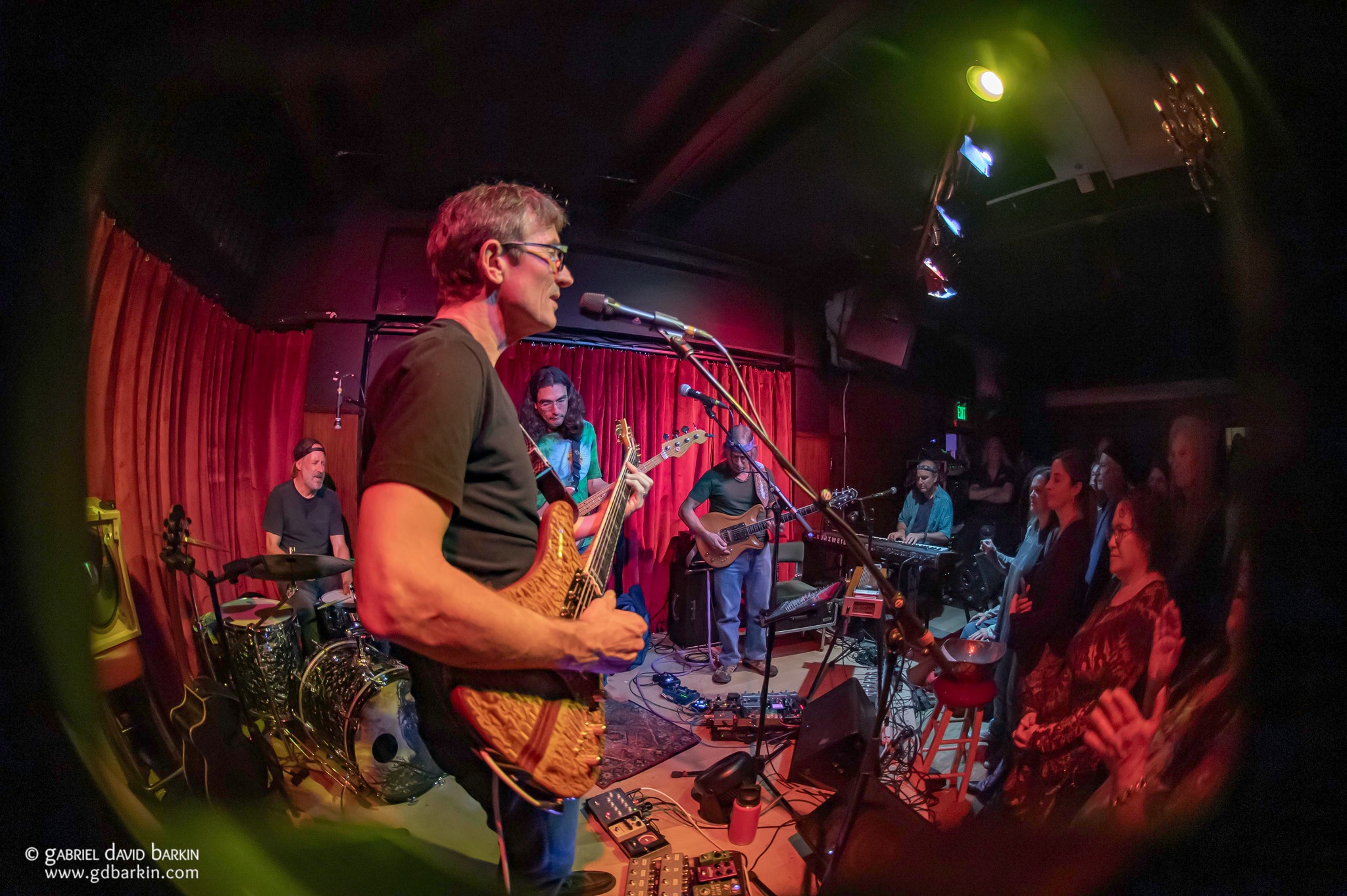When Grateful Dead founding member and bassist extraordinaire Phil Lesh died last month on October 25, he left behind a legacy that will long be remembered and celebrated by a loving family, friends, and musical associates too numerous to count, and a global community of fans.
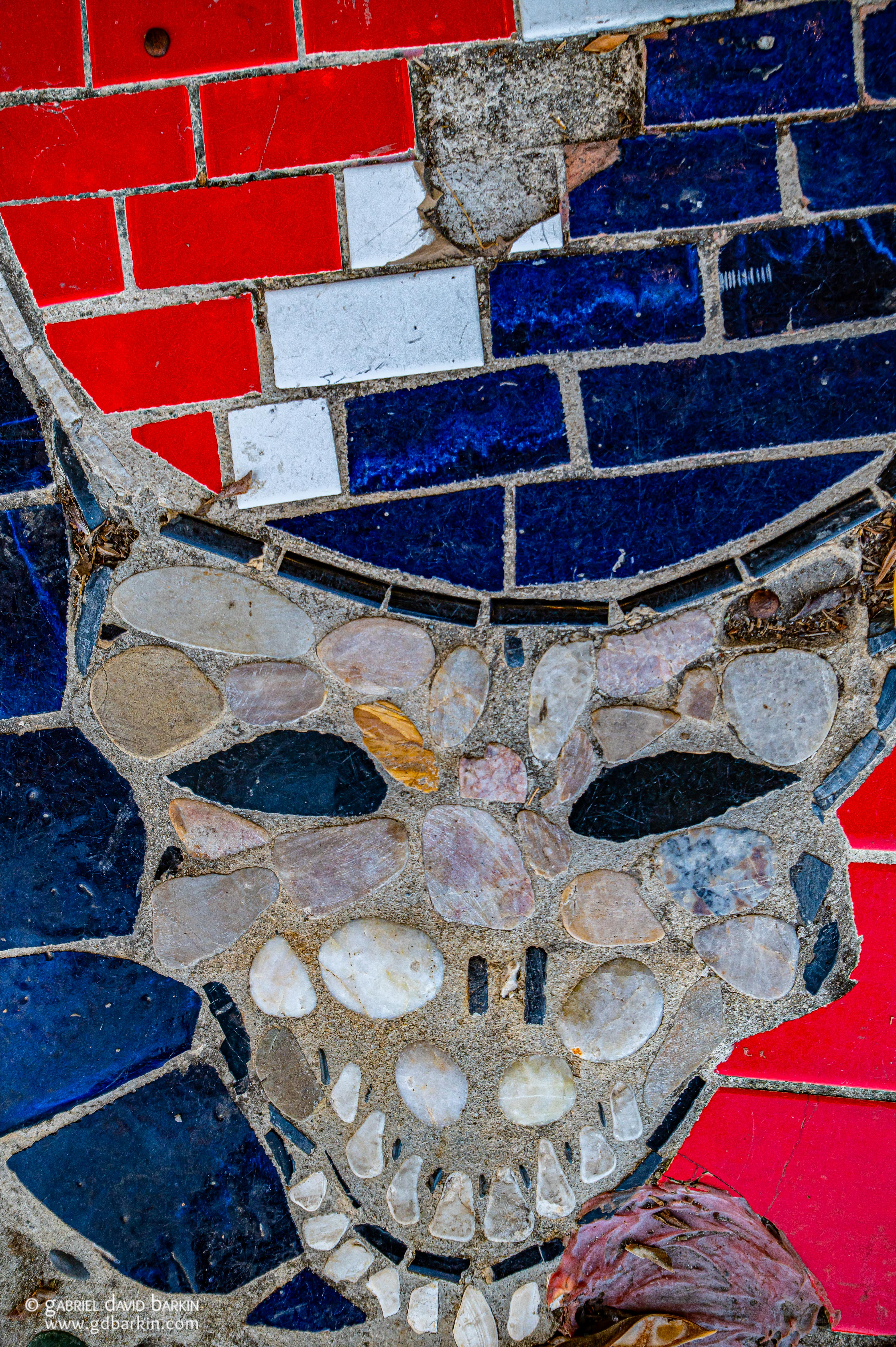
Perhaps the word “fans” doesn’t quite capture the essence of the Deadhead community. Unlike any band before or since, enthusiasts of the Dead are intricately and intimately bound in a way that transcends musical fanaticism. It’s not just the songs, the shows, or the musicians. Being a Deadhead is a lifestyle. It’s a life. It’s an identity. I first met my wonderful wife of over thirty years at a Dead show, for gosh sakes, and we’re hardly the only family forged in that fire.
“Dead Freaks Unite.”
The call to identify Grateful Dead acolytes appeared on the band’s 1971 live album Grateful Dead (commonly known as Skull and Roses). Below the banner on the back cover was an address where people could send the answers to three questions:
- WHO are you?
- WHERE are you?
- HOW are you?

The mailing address directed respondents to a P.O. Box belonging to “Dead Heads.” Perhaps the moniker had existed before this, but it cemented the name for the legion of dedicated followers. (Most people today seem to spell it as one word, “Deadheads,” but it’s notable that the message released last month by surviving bandmates Bob Weir, Bill Kreutzmann, and Mickey Hart when Lesh died used the old two-word spelling.)
Some musicians leave a legacy of cherished music. The legacy of the Grateful Dead goes far beyond the music.
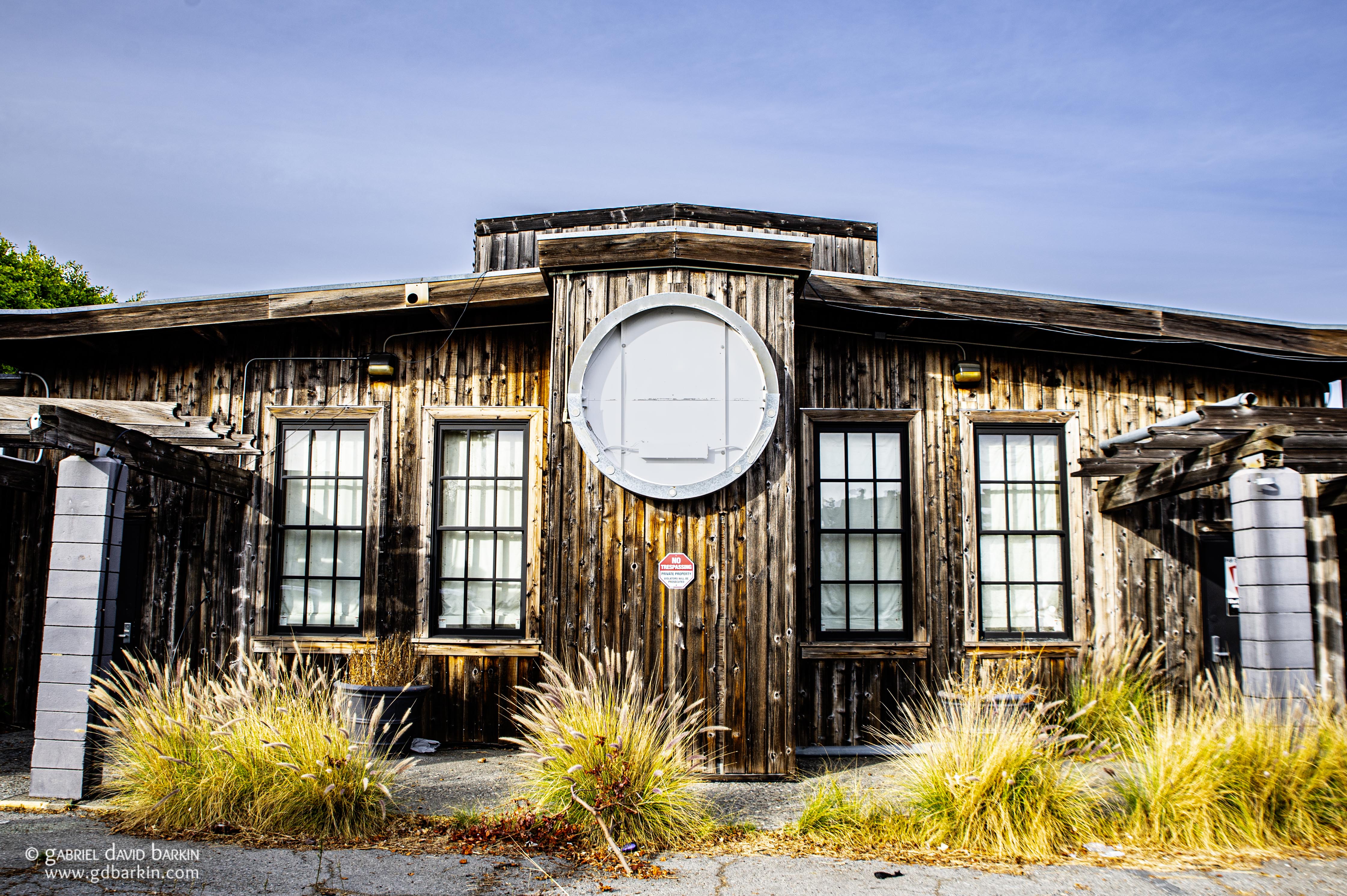
Terrapin Crossroads (TXR), the bar, restaurant, and music venue Lesh created in Marin County, sits high atop the pile of treasures that constitute his enormous legacy. Lesh’s goal was to create “a vibrant community gathering place: beautiful, comfortable, welcoming – for members of the community to commingle and enjoy good music.” In 2012, TXR opened its doors in San Rafael. The rest is history.
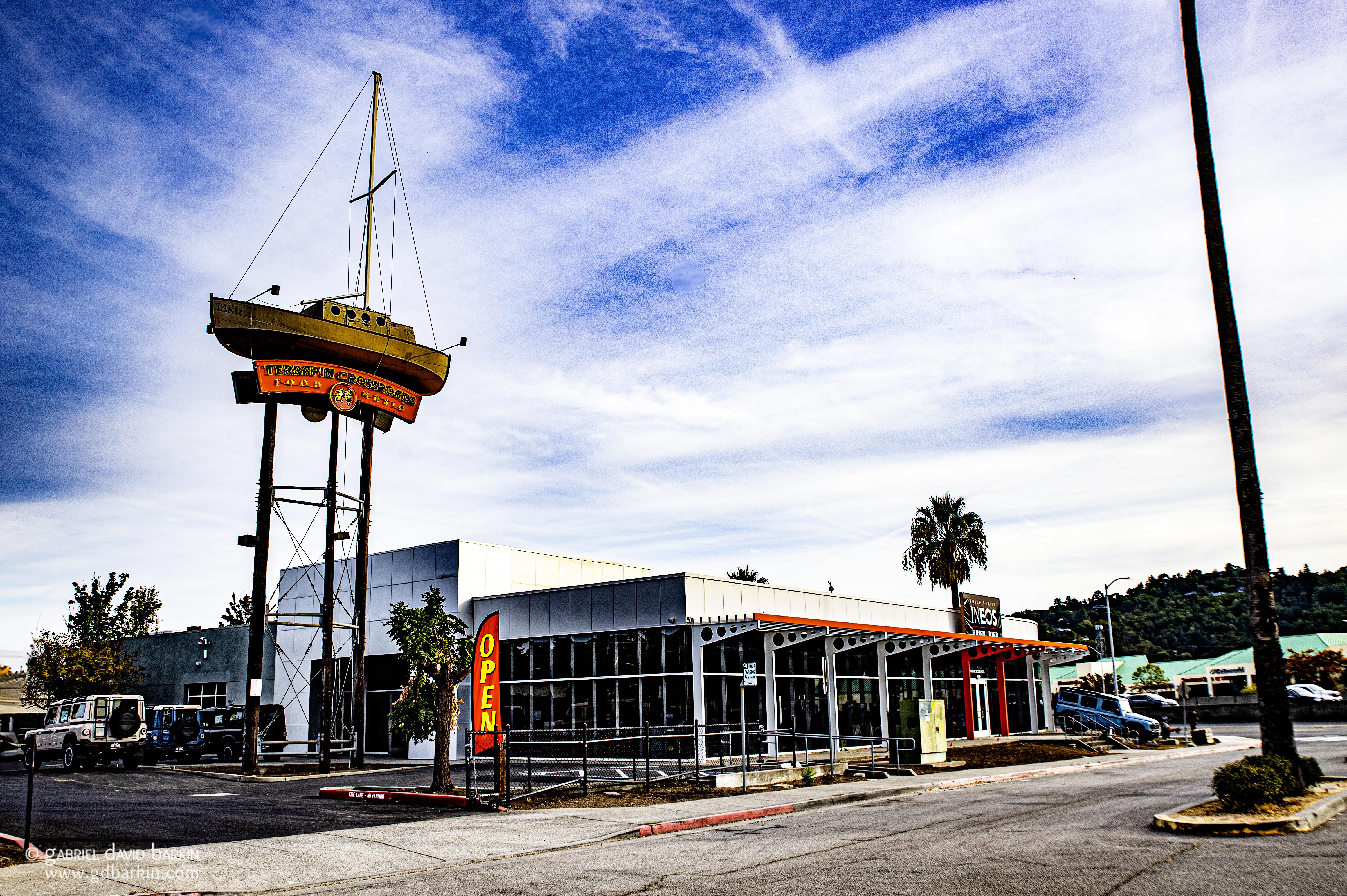
Thousands of people in Marin County and the Bay Area became regular patrons as quick as you can say “Jack Straw.” Thousands more made the trek over the next decade, some flying here just to visit the house that Lesh built, others making a point to stop by when visiting the region to see friends, family, shows, or other local attractions. (Rumor has it that there’s a cool red bridge nearby that draws a lot of tourists. Who knew?!)
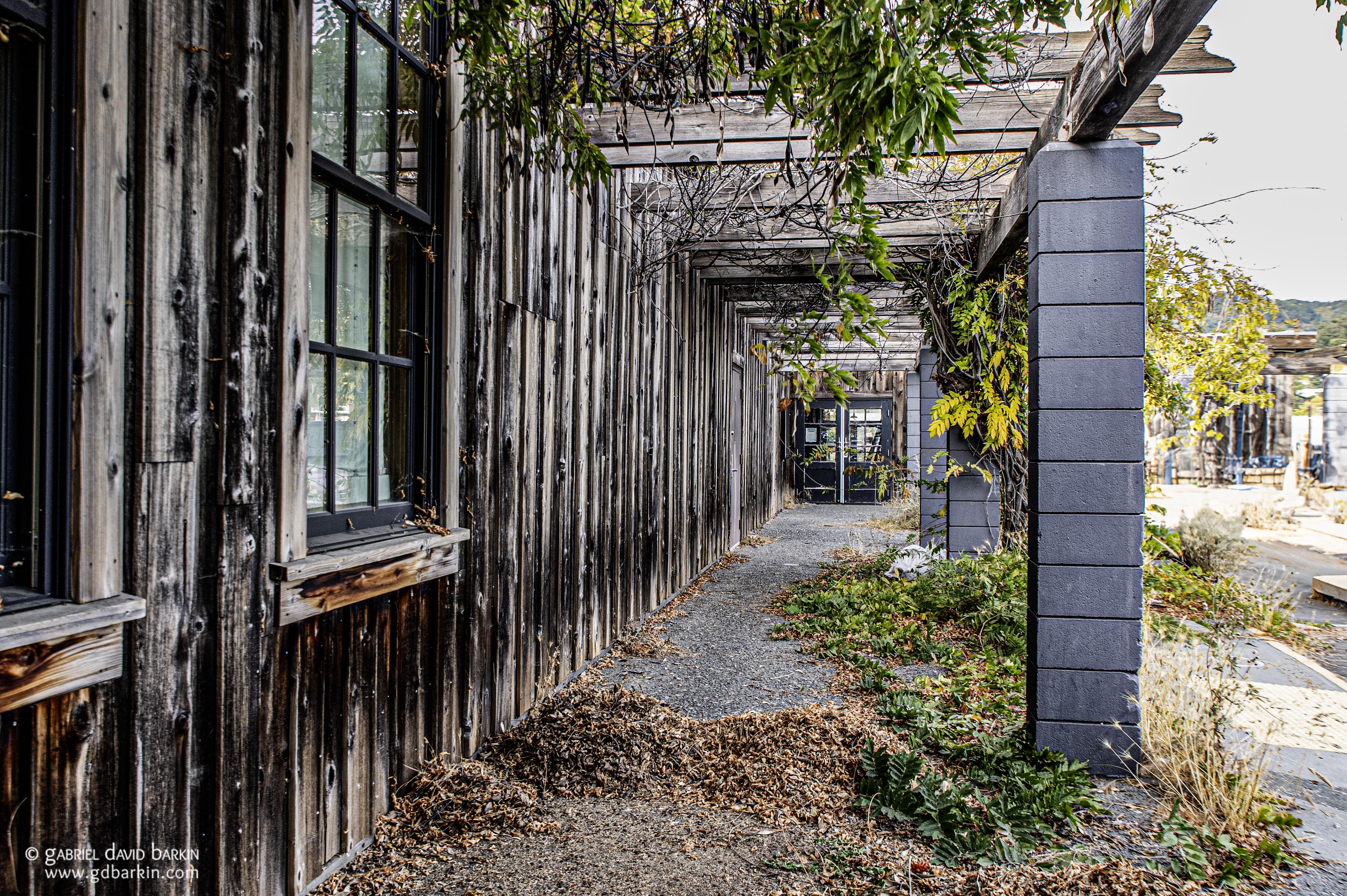
My wife and I were among the regulars. We were there at least once a week for years, sometimes more. And for the record, I usually hate going to bars, other than to see music. But TXR was the most comfortable and welcoming bar I’ve ever known. Cozy seats in the lounge and bar area, where there was free music every night of the week (no cover charge or ticket fee in the bar ever). A fairly good restaurant with indoor and outdoor seating. Cool merch for sale. Pics of the band on the walls. And a separate, intimate venue called “The Grate Room” for ticketed shows, often featuring Lesh and innumerable “friends.” Many other jam bands and the like played there as well.
Those of us on the mailing list often got a message in our inboxes announcing that Phil would be playing for free in the bar that night. How cool was that?!

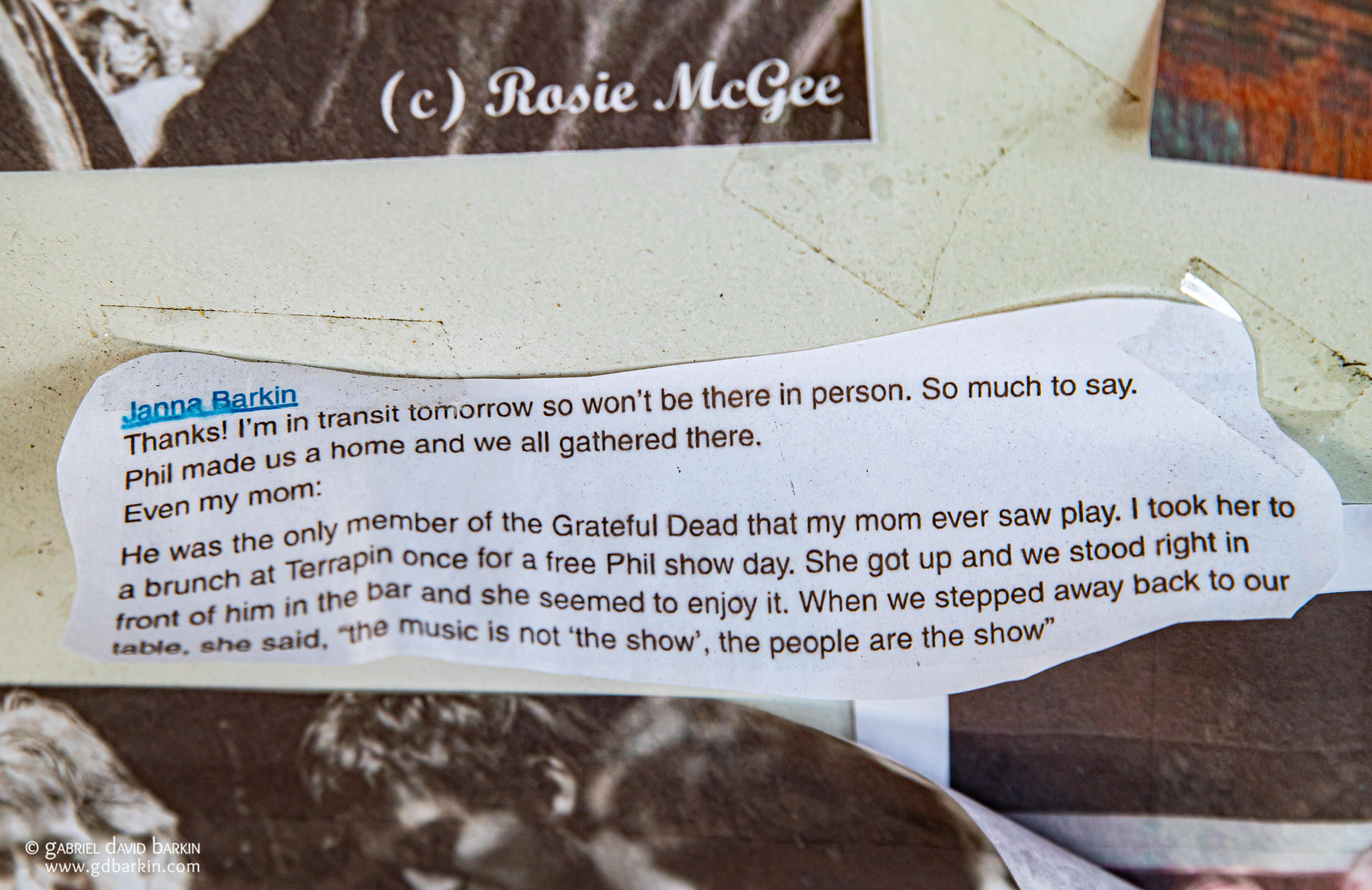
My mother-in-law, who is not a Deadhead in the least, went to TXR once. She got to see one of those free Phil shows when my wife took her to TXR for dinner. She “got it” immediately: “The music is not the show. The people are the show.”
People joining hand in hand, while the music plays the band.
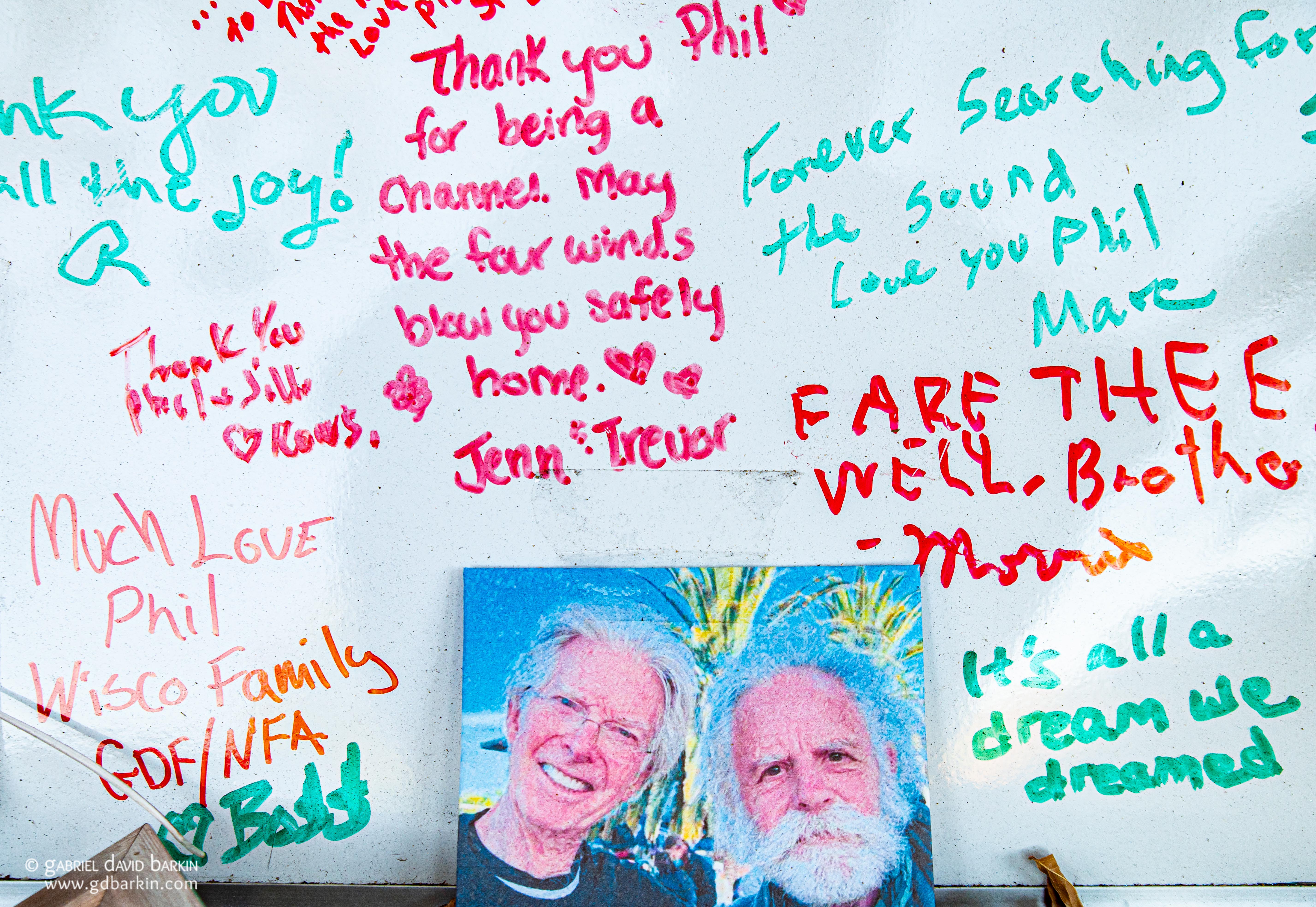
Suffice to say that Lesh and his family achieved their goal when they opened the storied venue. It was vibrant. There was indeed much commingling. And the music kicked ass.

But TXR wasn’t just about cool music in a fun bar. Lesh hosted Passover seders, read to young children on weekends, and often just sat at his reserved table in the bar watching other musicians play. He sang karaoke with other patrons. He joined in singing impromptu rounds of “Happy Birthday” when people were celebrating in the bar. He was always gracious to anyone who came up to say Hi, Thank You, and “Remember when …?”
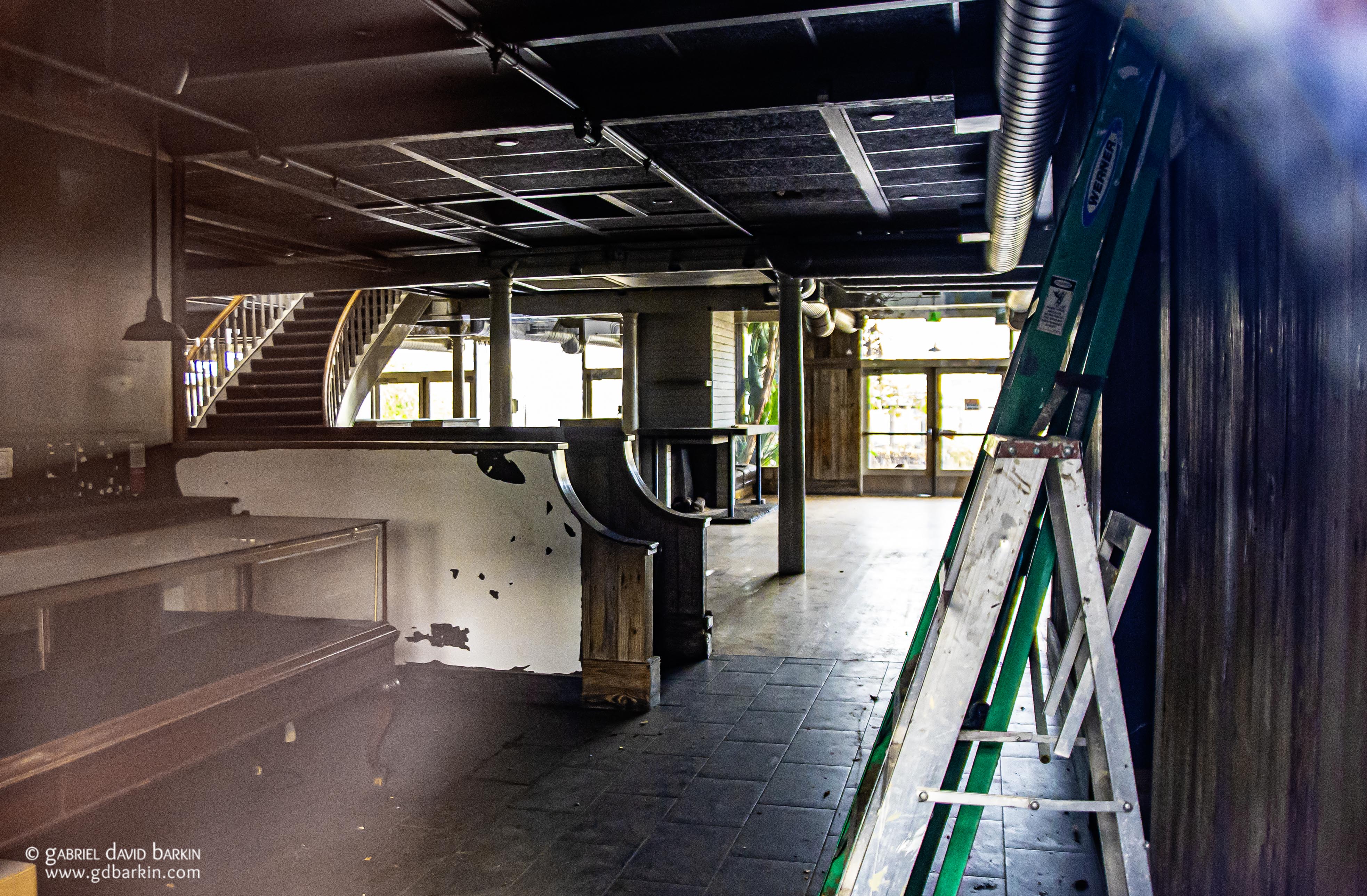
It was community. It was home.
Later, TXR began using a small city park next door for outdoor shows. There was a playground, and kids joined their parents for the festivities. A canal behind the stage was often occupied by kayakers or small boats listening to the music. You could listen for free on the street behind the park if you didn’t have a ticket. Everybody was dancin’.
The music never stopped.
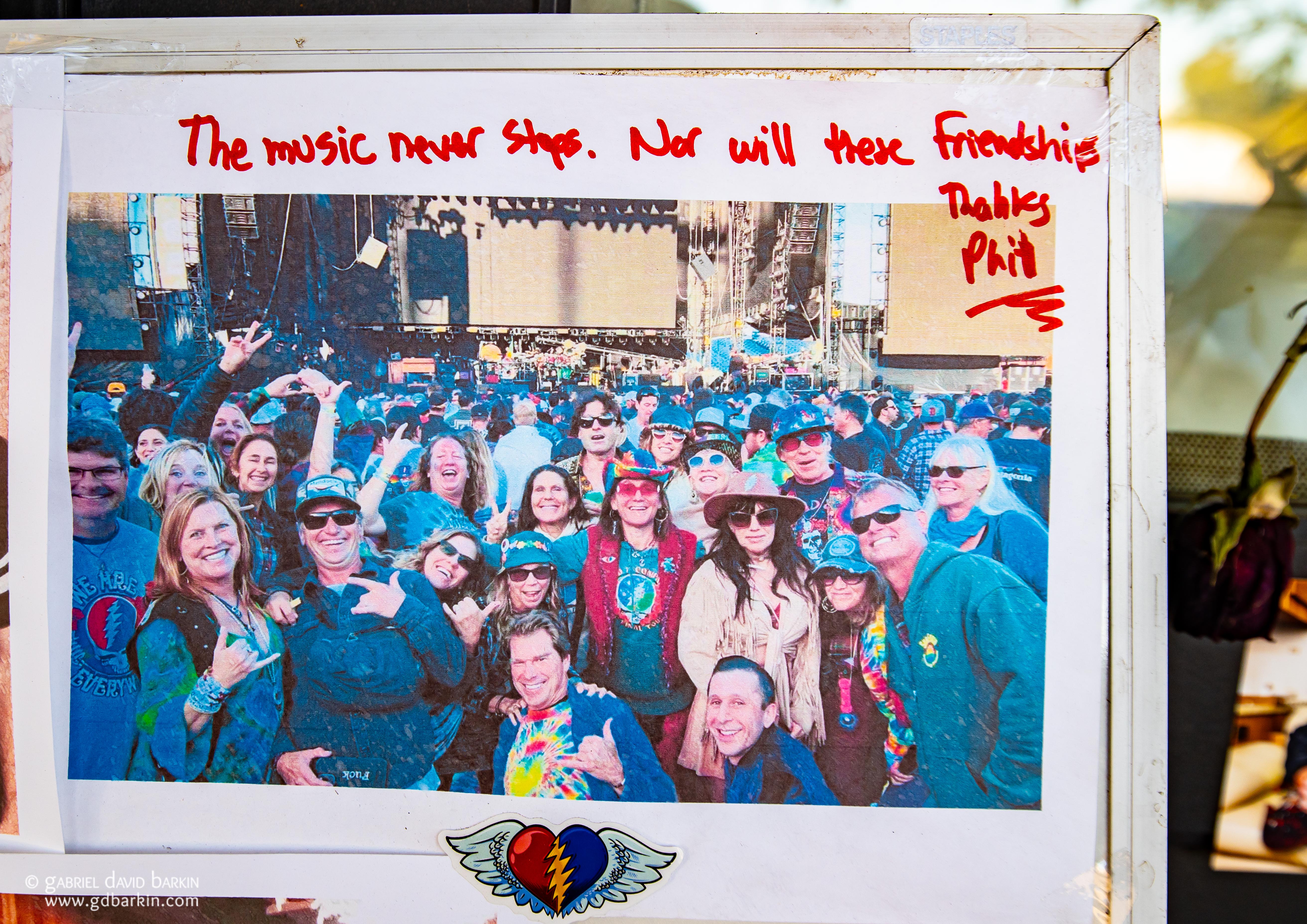
One sad, poignant night, Lesh hosted a fireside vigil in the park for the lives lost in the tragedy at Marjory Stoneman Douglas High School in Parkland, Florida. My wife and I spoke to Lesh when the vigil was over. We thanked him for creating a space for our community to come together, not just in times of joy but in times of grief and hardship. (This wasn’t the first time; in 2016, when Trump won his first election, many of us gathered there to drown our sorrows together in music and solidarity.) Through tears, Lesh told us that he and his wife Jill opened TXR for this very reason. It was about so much more than the music. We hugged. More tears.
But then the music stopped.
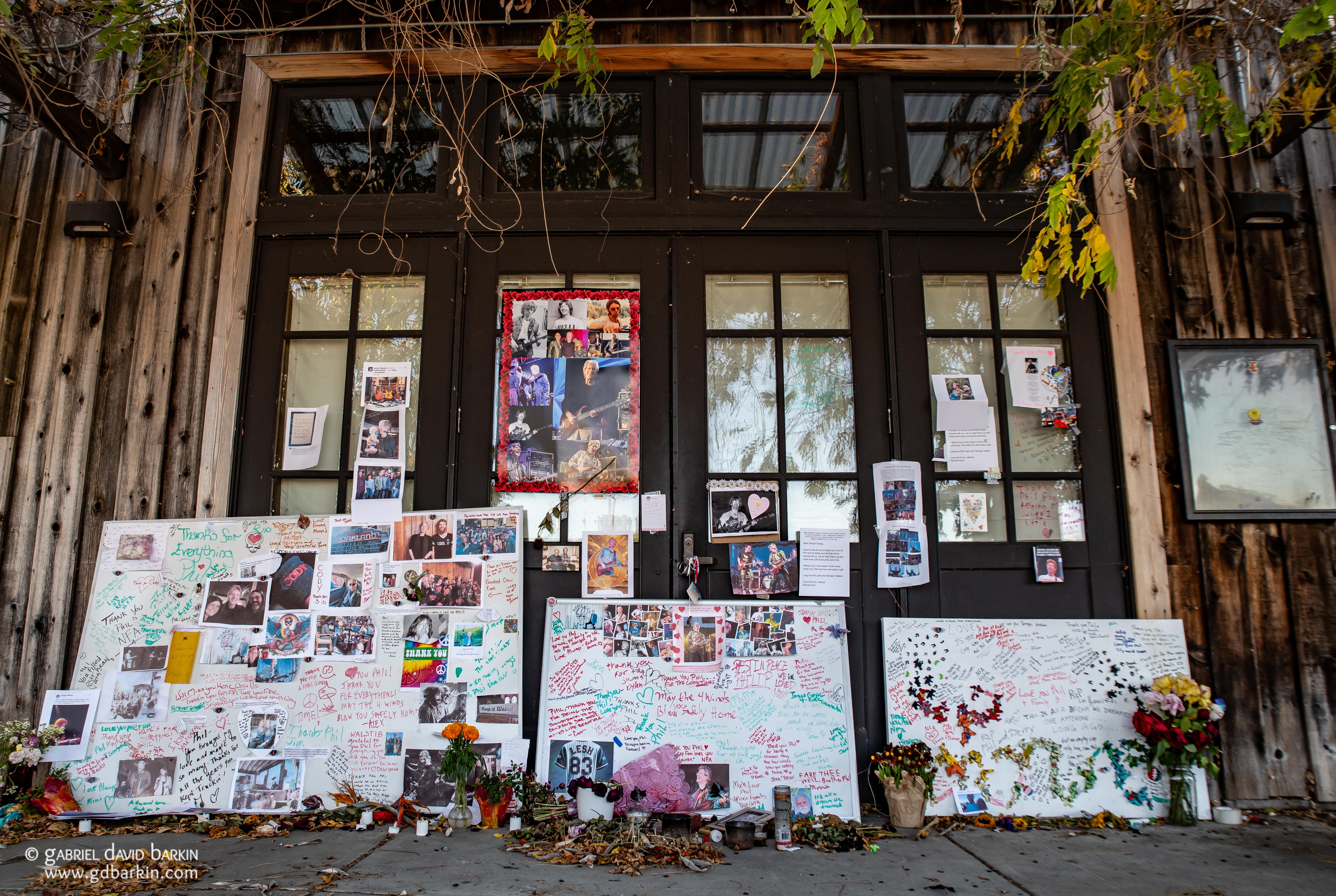
After Covid closed the indoor venues (for good, as it turned out), TXR continued to host shows in the park for a while until finally calling it quits in 2021. The final event was a public auction of TXR fixtures and memorabilia held in the park next door. Some of the regular musicians from the TXR bar and Grate Room provided some tunes. (I think on the day I went it was Dan “Lebo” Lebowitz, Scott Law, and Stu Allen, all of them frequent Phil & Friends guitarists.) One guy I know bought some barstools. My wife bought some office supplies; I can’t remember exactly what it was. Just to have something. A bar in nearby Fairfax ended up with the PA system from the Grate Room.
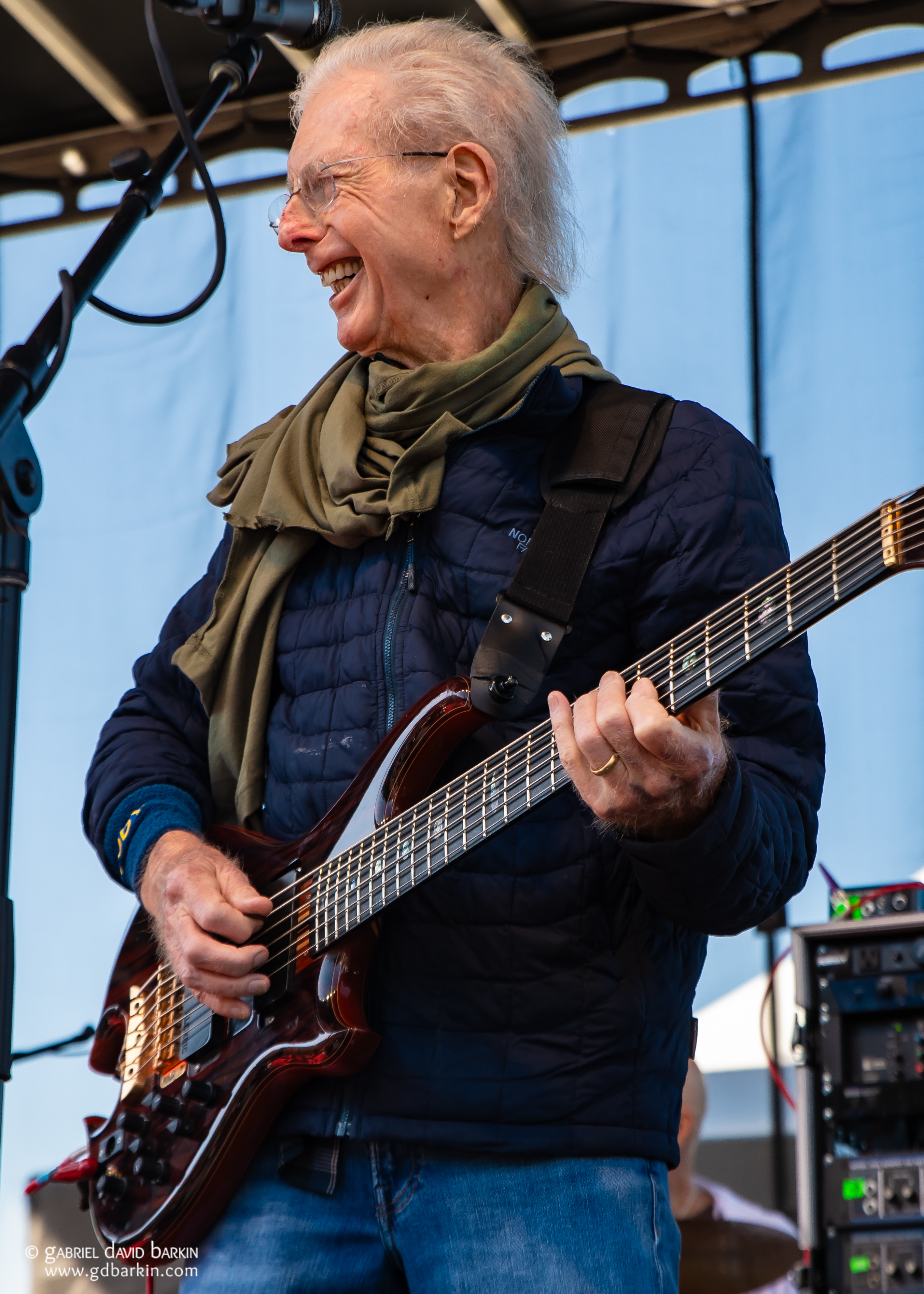
Lesh, of course, continued to play music after the demise of TXR. He played live shows, did some touring, and also sat in on “Clubhouse” jams in a studio that were broadcast on the internet. His last appearance on a stage was in July at an outdoor event on the shore of the bay in San Rafael.
And then the music stopped.
The message released by Weir, Kreutzmann, and Hart after Lesh died said, “There will be a lot of tributes, and they will all say important things.”
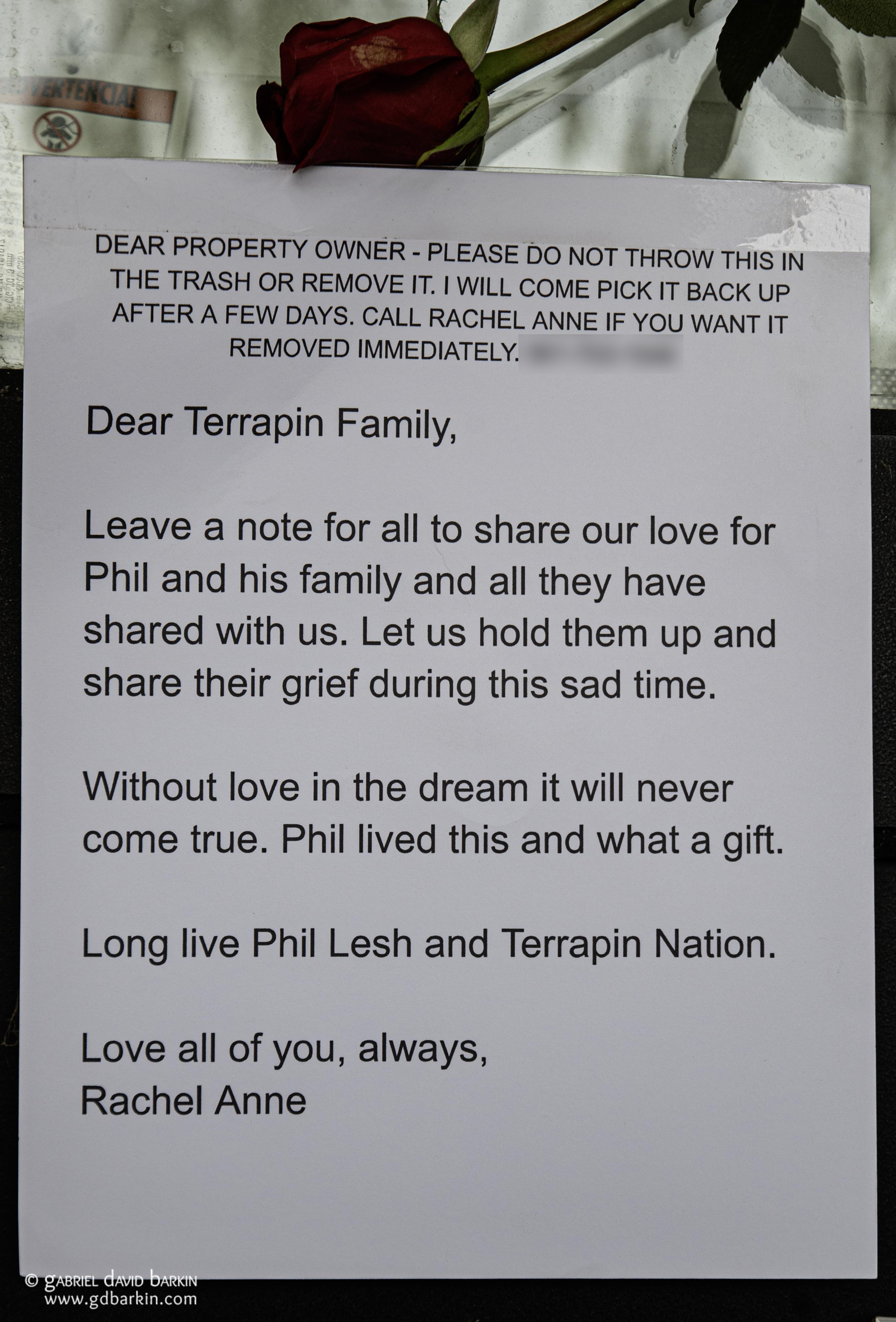
One of the most heartfelt tributes, and one near to my heart, was launched by my friend Rachel Anne. It says so many important things.
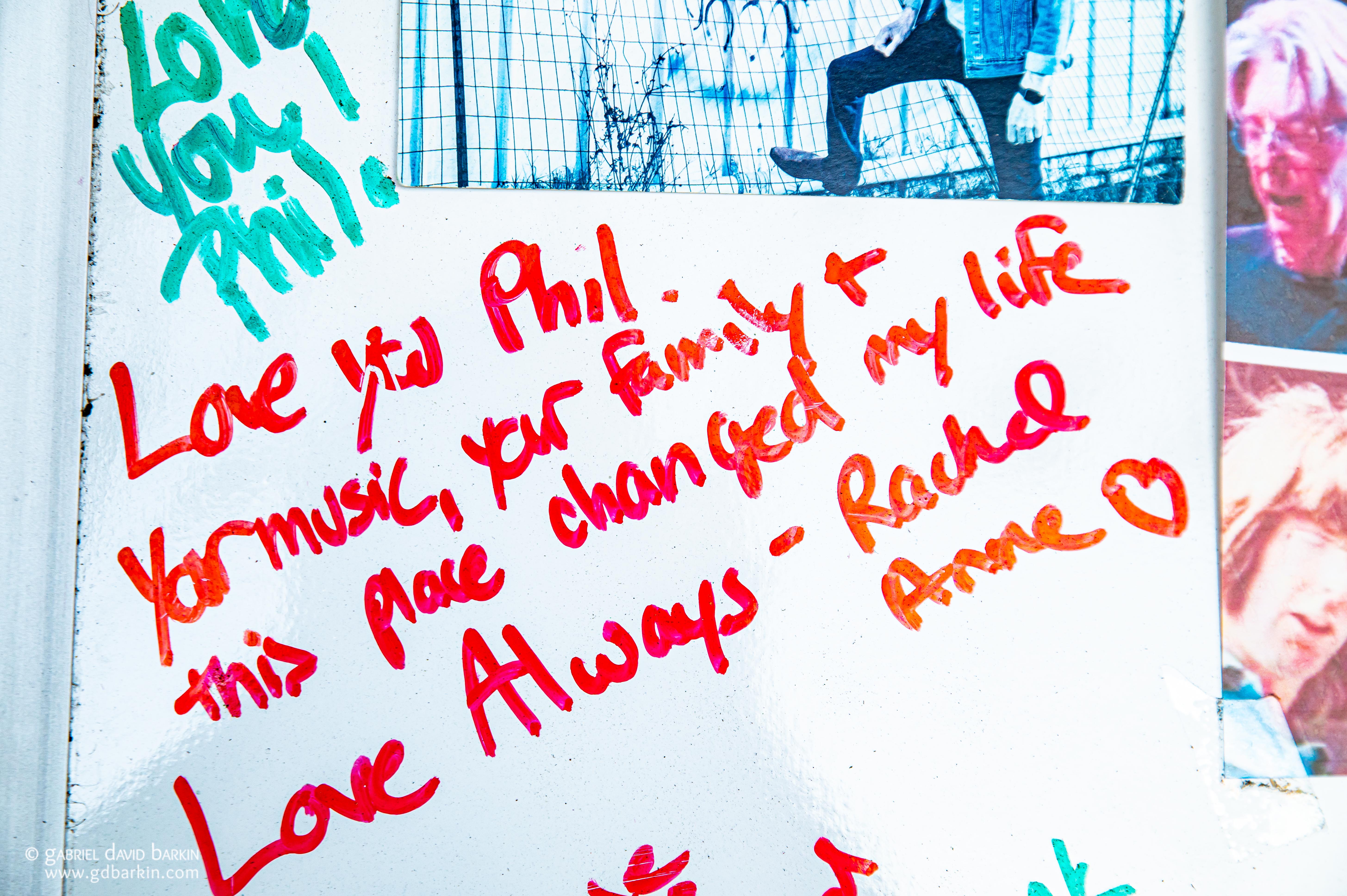
This is a tribute not just to Phil Lesh but to TXR and the vibrant, beautiful, comfortable, welcoming environment that so many of us got to share with Lesh for so many years. In retrospect, it feels like we never got to pay proper respects to our clubhouse. We were temporarily evicted by Covid and left wandering in the wilderness when events closed the venue for good.

Rachel Anne is a devoted Deadhead who moved to California after being inspired by a conversation with Mountain Girl. Her deep connection to the venue mirrored the experience of so many others – a home away from home, where the music and the people made every moment magical. I’ll let her take it from here to tell her part of the story (which is, in a way, part of my story too, and perhaps yours as well):
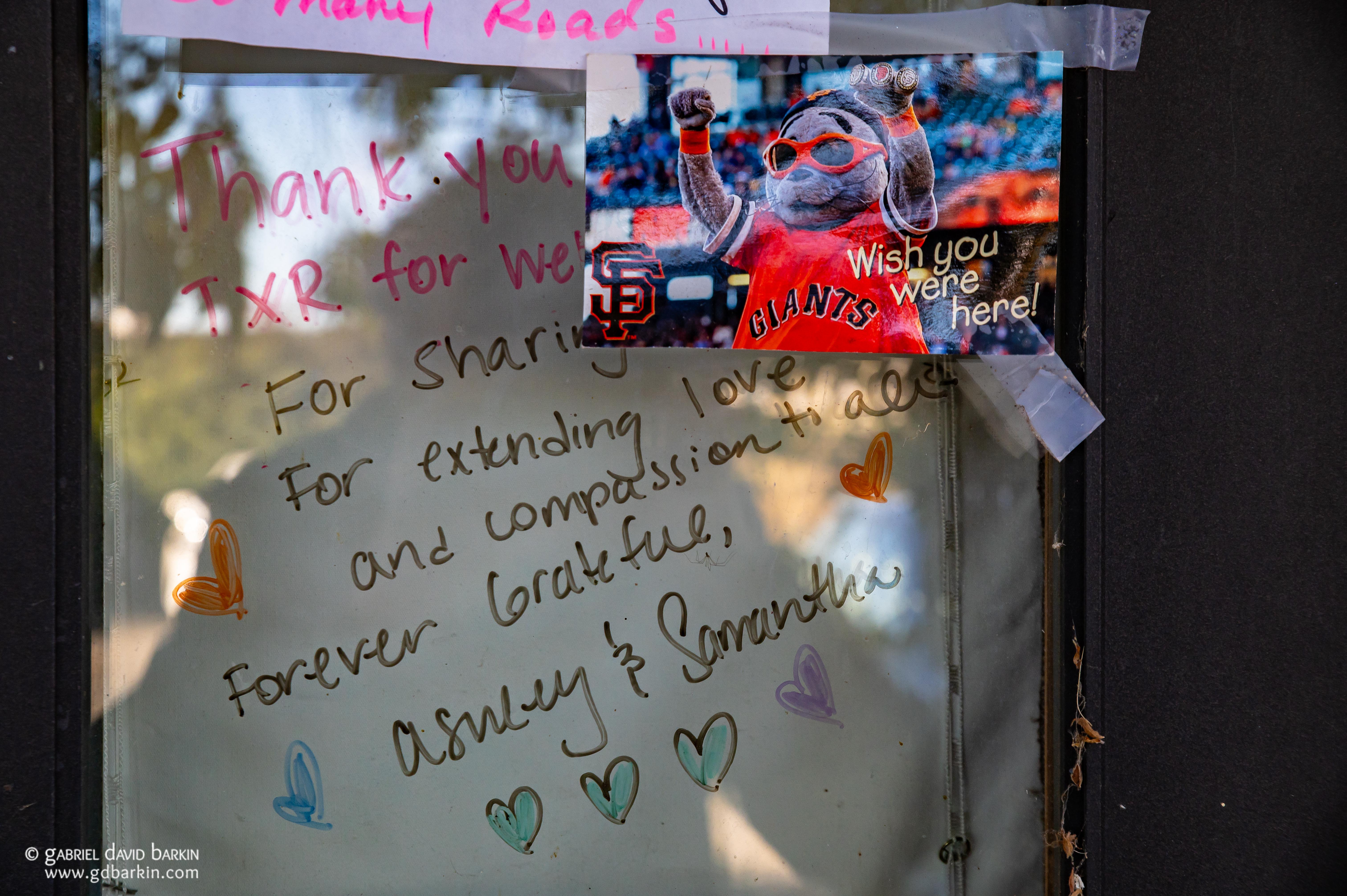
Phil really wanted us to experience his life and legacy with him and his family.
I was at TXR at least four times a week. People would say to me, “What are you doing tonight?” and I’d say, “Well, I’m going to Terrapin.” They’d say, “What are you doing there?” and I’d say, “What do you mean, what am I doing there?!”
It was comfortable. And we knew everyone. You could go by yourself because all of your friends were already there.
When Phil died, I thought of how much joy the Grate Room and Phil gave me, and I could think of no other way to celebrate that other than to put up some photos of him. I took over this whiteboard I had. And I had another whiteboard; I took that too. I just wanted to sit with him, to sit with that energy and thank him.
We had to use a saw and scissors to clear all the vegetation. [The building is currently for sale, and the owner has let the weeds and vines grow rampantly.] You couldn’t even see the door to the Grate Room.
People started going and finding the memorial and leaving things. I posted on Facebook, “If you want to send me something, I’ll print it and bring it over there.” I got so many really heartfelt, amazing photos and letters to Phil.
It was like we all got to be at the Grate Room one more time.
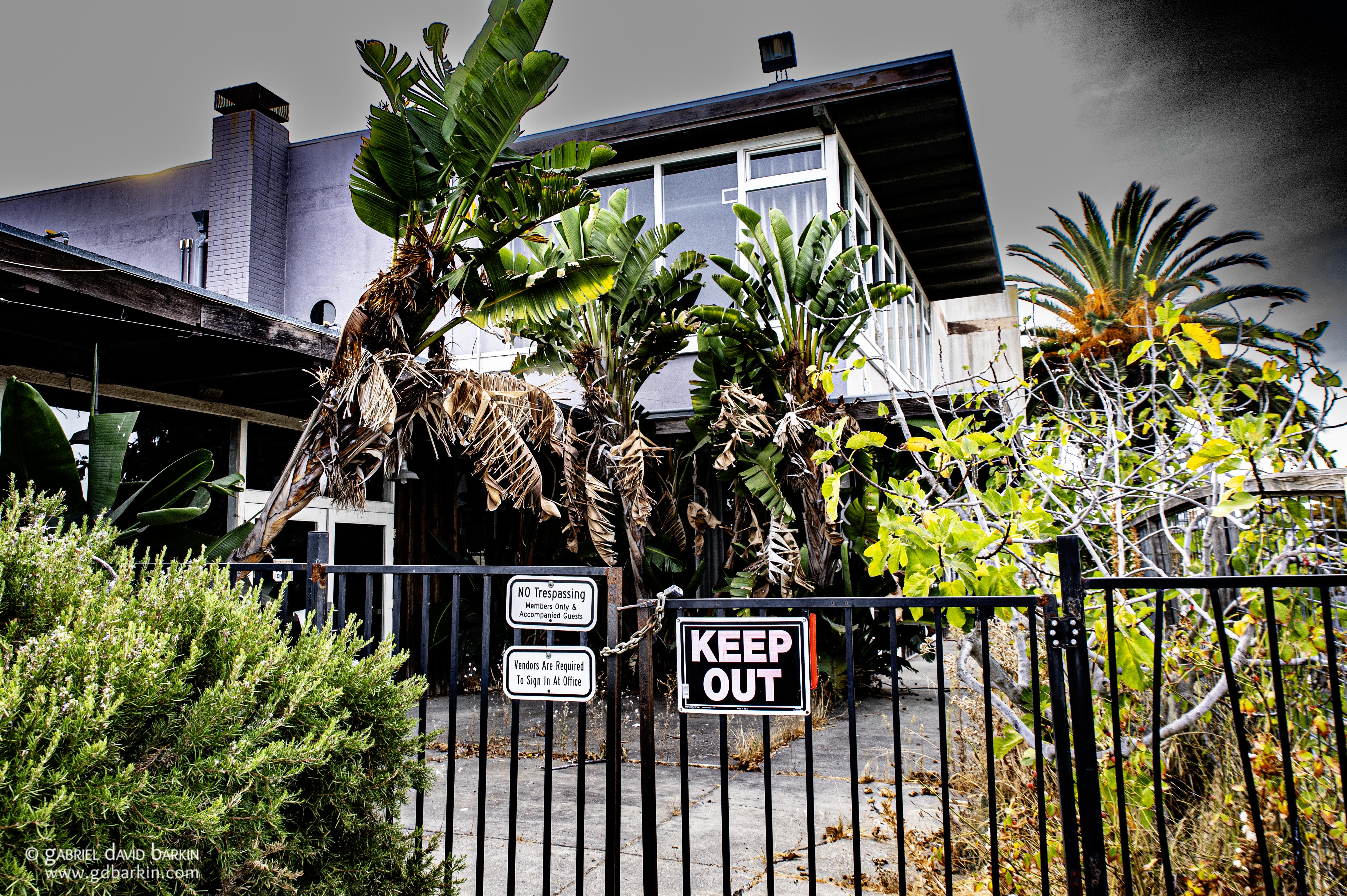
I’ve been to the Grate Room doors four times now since Rachel Anne initiated this loving tribute. I’ve run into a few friends who happened to show up at the same time as I did, and I met a few strangers who happened to walk by the building not knowing there was any sort of homage.
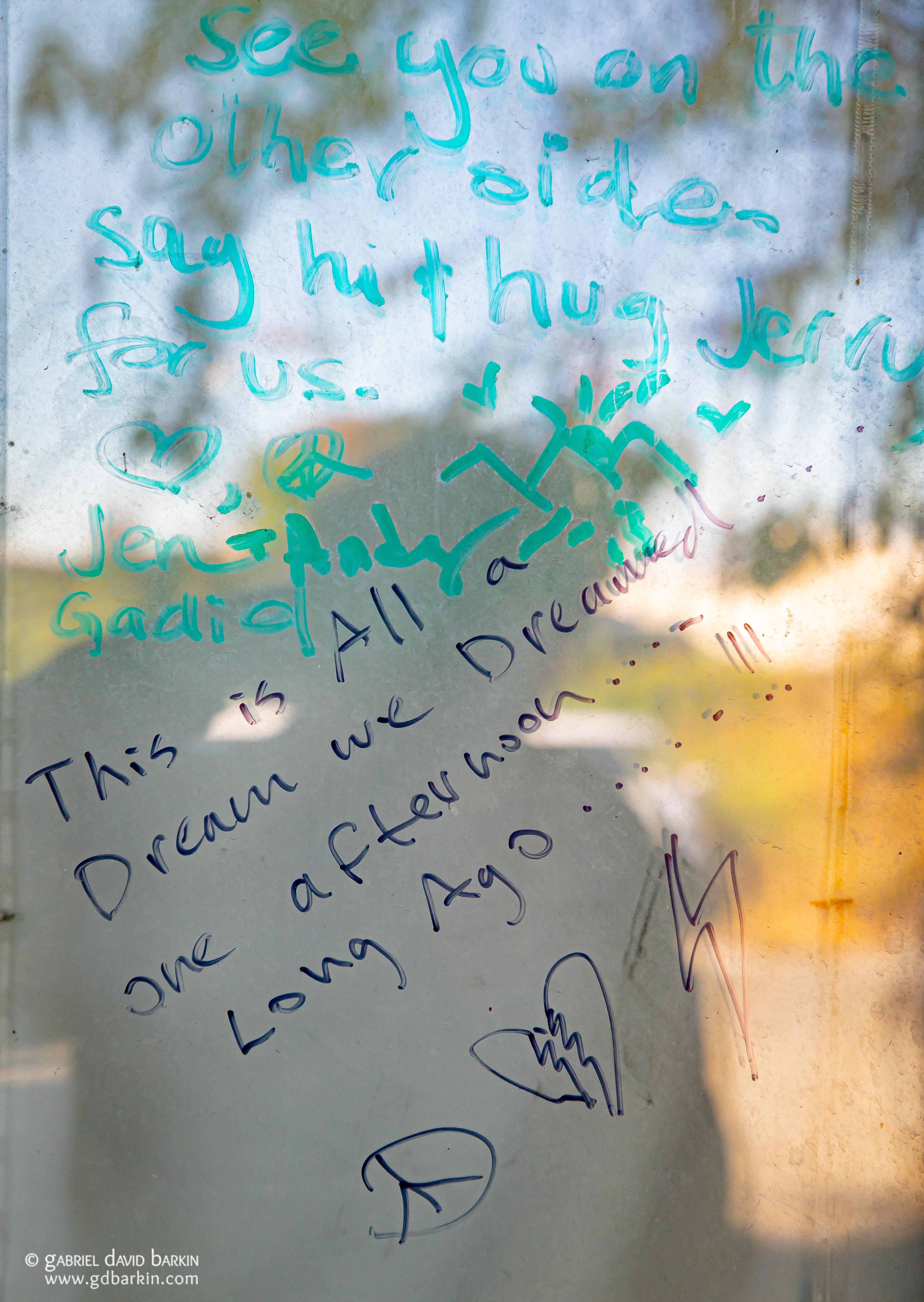

So many of the messages left for Lesh at TXR quote Grateful Dead songs. Every Deadhead will find their own solace and poignancy in the lyrics that speak to them – there is no shortage of suitable material in that vast catalog. When I go to TXR and think of Phil Lesh and our time shared on this planet, these are the words that resonate most for me:

Such a long, long time to be gone
And a short time to be there





